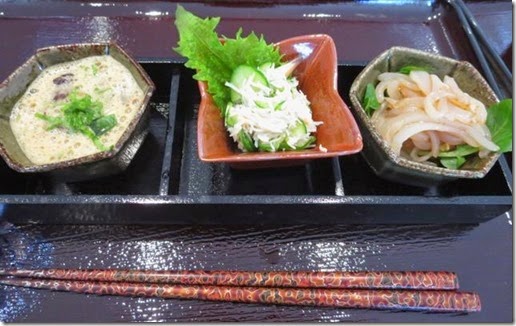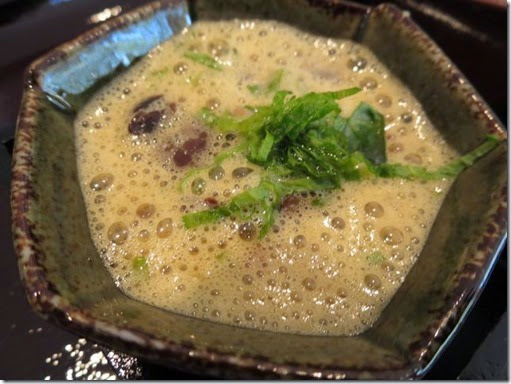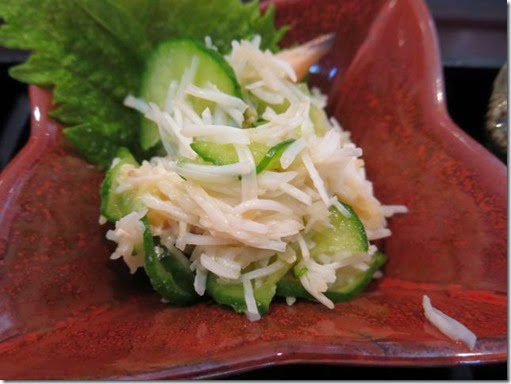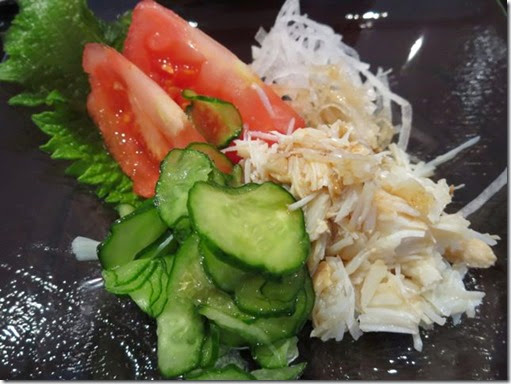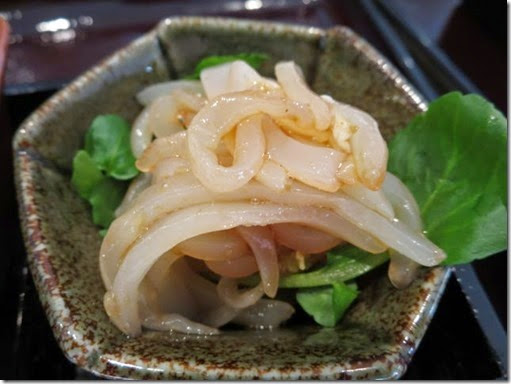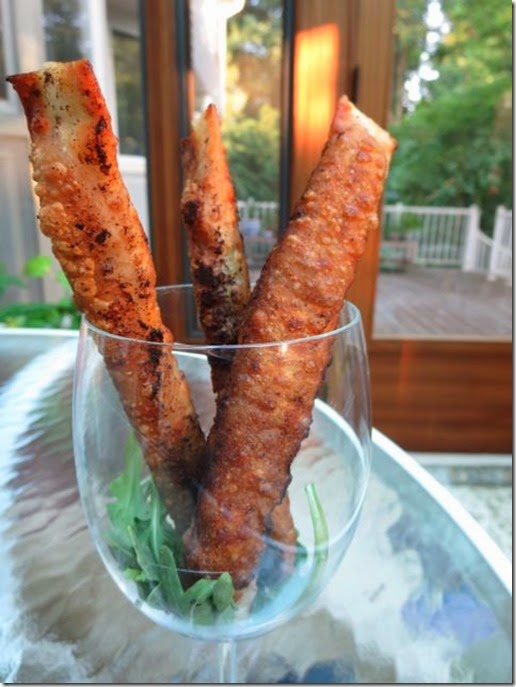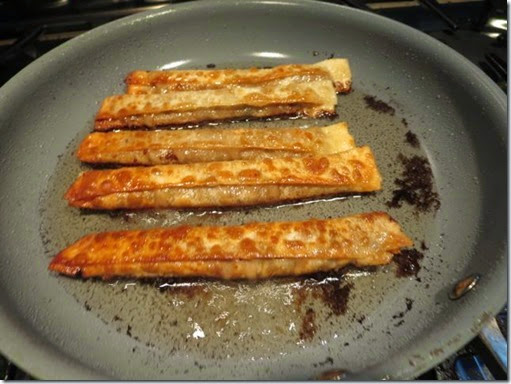In any case, you may want to try a traditional breakfast to combat hangovers after having too much fun in Izakayas the night before. Here is my Japanese breakfast but I did not have a hangover and I ate it as supper (Please do not ask why because I don't know why. I had all the ingredients and it just struck my fancy). If you have a hangover, you will feel better after eating this.
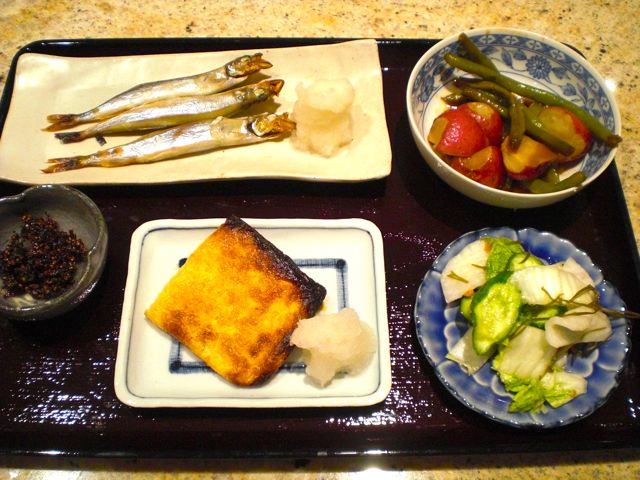
Of course, you need rice and miso soup with any Japanese breakfast.
I am not sure how you feel about eating raw egg over hot rice called "Tamago kake gohan" 卵掛けご飯 (This subject actually appears in Wikipedia--truly amazing!) with a bit of soy sauce (all mixed well), but this is a very popular way to enjoy rice and egg especially in the morning. There is strong following for this dish in Japan with restaurants specializing in it and even a special soy sauce to use on it. (the link is in Japanese).
Several years ago, we stayed at Kinkazan Shrine/Island 金華山 overnight. Why I decided to visit and stay there is a long story. I think I was expecting to have an experience similar to the lovely time we had at a Buddhist temple in Koyasan 高 野山 a few years earlier. Suffice it to say that was not the case. Just a quick hint; the men's showers had only cold water. Breakfast was served after the morning prayer ceremony (participation in the ceremony was mandatory for all guests--something we didn't know before we arrived). The ceremony occurred at 5:30 AM with 50 or so other fellow worshipers. When we say participate I mean literally. The guests are expected to run part of the ceremony. Luckily I was provided with a crib-sheet of instructions to be learned hastily before going to the main alter in front of all those people to "perform". The priestess conducting the ceremony announced our family name and stated that, as devoted worshipers, we came all the way from Washington, DC. Since I am Japanese (at least from outward appearance), I was expected to sit on the hard floor with legs folded (pure agony) but my wife was provided with a folding stool. In my agony, I didn't think that was quite fair. After the ceremony, all 50 guests were herded into another big room where long bench tables were set with a traditional Japanese breakfast.














